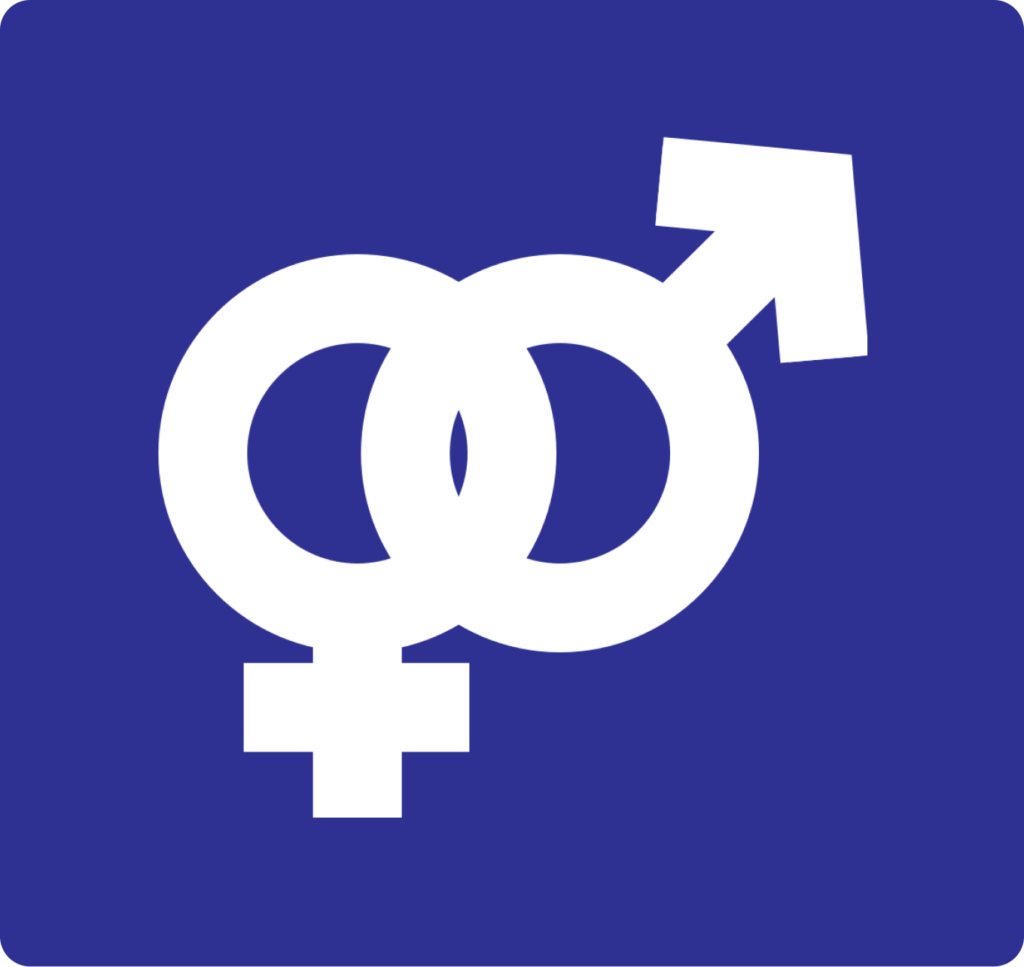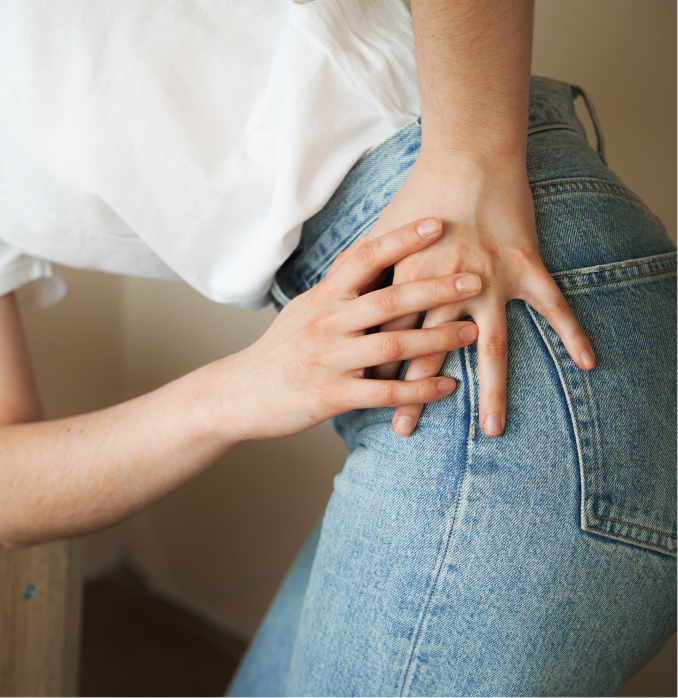Reproductive System

Human reproductive system, organ system by which humans reproduce and bear live offspring. Provided all organs are present, constructed and functioning properly, the essential features of human reproduction are,
Liberation of an ovum, or egg, at a specific time in the reproductive cycle.
Internal fertilizations of the ovum by spermatozoa, or sperm cells.
Transport of the fertilized ovum to the uterus, or womb.
Implantation of the blastocyst, the early embryo developed from the fertilized ovum, in the wall of the uterus.
Formation of a placenta and maintenance of the unborn child during the entire period of gestation.
Birth of the child and expulsion of the placenta. Our mission is to help couples and individuals to achieve their dreams of parenthood by combining personalized care from our infertility specialists with specialized and comprehensive infertility services, from conventional therapy to state-of-the-art technologies.
Among Family Fertility and IVF Center ,areas of special expertise are Infertility treatments especially IUI, IVF and ICSI. We treat infertility whether it is due to advanced female eggs or premature ovarian aging, immunological problems affecting reproduction, repeated pregnancy loss, endometriosis, polycystic ovarian syndrome ( PCOS), tubal disease or related to male factor infertility etc.

Female Reproductive System & Menstrual Cycle
Before we discuss how female infertility is diagnosed, the causes and treatment, it may be helpful to review how the female reproductive system work and the importance of ovulation.
The Uterus
The uterus is a pear-shaped organ capable of undergoing major changes during a woman’s reproductive life, from puberty to the menopause, the inner lining of the uterus (the endometrium) provides a suitable environment for embryo implantation and development during pregnancy. The endometrial lining thickens during the first half of the menstrual cycle. If the egg is not fertilised, or implantation does not occur, the endometrium is shed and excreted from the body via the vagina during menstruation and is slowly replaced in the course of the next menstrual cycle. The uterus also undergoes powerful, rhythmic contractions during labour, resulting in the delivery of the fetus at birth. The uterus is composed of two main parts:
The bulging upper section called the body
The narrow lower section called the neck, or cervix
The Ovaries
The ovaries produce, store and release mature egg cells or ova. The female body contains two ovaries that are located on either side of the uterus (womb). They resemble a large almond in size and shape. Beneath the surface of ovaries are thousands of microscopic structures called ovarian follicle. The follicles contain the eggs. Each month only one egg is released from a follicle. The ovaries also release the female sex hormones, oestrogens (which encourage the eggs to mature and help prepare the uterus for pregnancy) and progesterone. Which also helps prepare the uterus for pregnancy by maturing the lining.
Fallopian Tubes
The ovaries produce, store and release mature egg cells or ova. The female body contains two ovaries that are located on either side of the uterus (womb). They resemble a large almond in size and shape. Beneath the surface of ovaries are thousands of microscopic structures called ovarian follicle. The follicles contain the eggs. Each month only one egg is released from a follicle. The ovaries also release the female sex hormones, estrogen’s (which encourage the eggs to mature and help prepare the uterus for pregnancy) and progesterone. Which also helps prepare the uterus for pregnancy by maturing the lining.

Summary of the female reproductive system
Uterus
Description
Pear-shaped cavity containing endometrial tissue, and a lower portion called the cervix.
Function
Site of embryo implantation and development. Provides muscular contractions to deliver fetus during labor.
Ovaries
Description
Two almond-shaped structures located on the opposite sides of the pelvic cavity.
Function
Produce and store eggs (ova). Produce and release estrogen’s and Progesterone
Uterus
Description
Ducts that end in finger-like projections that hover
over, but are not attached to the ovaries.
Function
Ova pass through tubes from ovaries to uterus. Site of
fertilisation.
Fallopian Tube
Description
Canal leading from outside of body to cervix.
Function
Serves as lower part of birth canal receives sperm from male.
Fallopian Tube
Description
Collective term for external genitalia (e.g. clitoris and labia).
Function
Surround and lubricate opening to vagina.
Ovulation and the menstrual cycle
Ovulation is the development and release of an ovum (egg) from a woman’s ovaries. Ovulation is the fertile period of a woman’s menstrual cycle. The menstrual cycle refers to the maturing and release of an egg and to the preparation of the uterus to receive and nurture and embryo. A typical cycle takes approximately 28 to 32 days and is divided into three phases.
Follicular (Days 1-13)
On the first day of the cycle when your period begins, the uterus sheds its inner lining (called the endometrium) from the previous cycle. The endometrium provides a suitable environment for embryo implantation and development during pregnancy. The pituitary gland, located at the base of the brain, releases two hormones, follicle-stimulation hormone (FSH) and luteinizing hormone (LH). Under the influence of FSH and LH, one of your ovaries selects between 10 and 20 eggs to become possible candidates for release. The chosen eggs begin to mature in the ovary within the own sacs, called follicles.
Ovulatory (Around Day 14, Depending On The Length Of The Cycle)
On the first day of the cycle when your period begins, the uterus sheds its inner lining (called the endometrium) from the previous cycle. The endometrium provides a suitable environment for embryo implantation and development during pregnancy. The pituitary gland, located at the base of the brain, releases two hormones, follicle-stimulation hormone (FSH) and luteinizing hormone (LH). Under the influence of FSH and LH, one of your ovaries selects between 10 and 20 eggs to become possible candidates for release. The chosen eggs begin to mature in the ovary within the own sacs, called follicles.
Luteal (Days 15-28)
If the egg meets the sperm in the fallopian tube, conception may occur. The fertilized egg is swept through the tube toward the uterus where the embryo – as it now called – will implant into the lining about six days after ovulation. It begins to produce a harmone called human chorionic gonadotrophin (hCG), which tells the body it is pregnant. hCG can be detected in urine or blood around the time of a “missed” period. If fertilisation doesn’t occur, the ovum passes through the uterus, the uterine lining will break down and be shed several days later and the next menstrual period begins
Male Reproductive System
The purpose of the organs of the male reproductive system is to perform the following functions:
To produce, maintain, and transport sperm (the male reproductive cells) and protective fluid (semen).
To discharge sperm within the female reproductive tract during sex.
To produce and secrete male sex hormones responsible for maintaining the male reproductive system.
Unlike women, however, the male reproductive system is both internal and external. These external structures include the penis, scrotum, and testicles.

